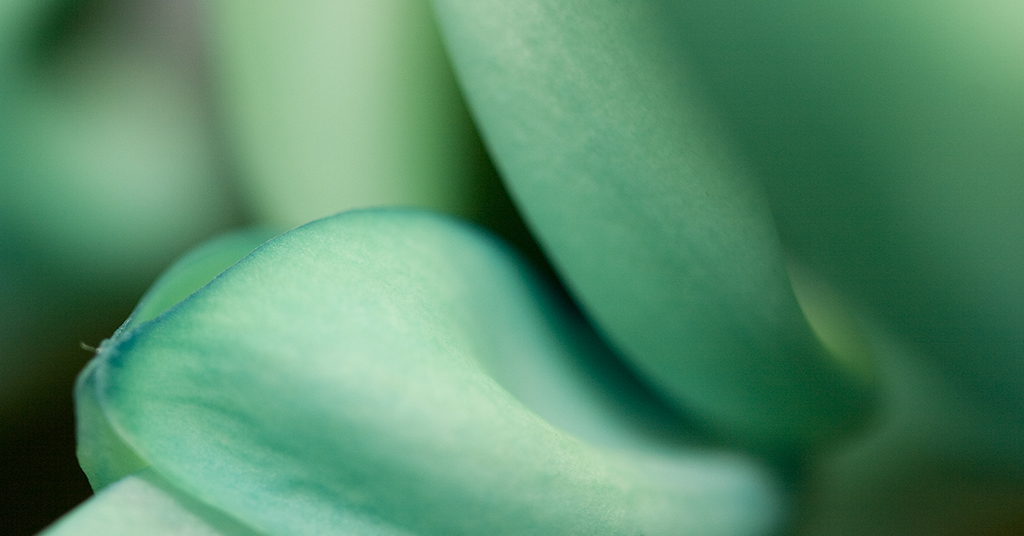Macro Photography
Floral macro photography – tips and equipment
Floral Macro photography is a fascinating subject for photographers. People love to photograph small objects like insects, flowers, water drops, and more. With macro photography, a shutterbug can show the most miniature details about the topic that is difficult to see with the naked eye. Today, let’s learn how to amaze viewers by taking colourful and razor-sharp macro photos of flowers.
What do you need to capture stunning macro photos?
A Camera body.
You’ll be taking photos, which means you will need a camera body. But which camera body is proper for macro photography – a full-frame or a crop-sensor camera?
Different photographers have complex answers to this question. Each body has benefits over another. You can get a more meaningful focal range with a crop-sensor camera with the same lens, so you don’t have to be super close to the item.
A crop sensor also gives you a greater depth of field than a full-frame body, which suggests you can keep more of the matter in focus.
On the other hand, a full-frame body exposes more details because of the greater sensor size. It also performs better in low-light conditions. So, eventually, all materials are suitable for macro photography, whether you have a crop-sensor camera or a full-frame camera, whether it’s a DSLR or mirrorless.
Floral macro photography lens.
Lens choice is essential in floral macro photography.
An actual macro lens gives you 1:1 magnification, which means your item’s size can be the same as your sensor. If you have a full-frame body that’s 36mm x 24mm sensor size, you can fill the complete frame with a subject that is 36mm x 24mm in size. It allows you to get close to the item and capture all the features.
Nevertheless, suppose you don’t have a dedicated macro lens. In that case, you can use extension tubes or a reverse ring with two lenses. Also, use a cheaper option called macro close-up filters.
Flash and diffusers.
A flash is an essential piece of gear in macro photography. It helps you take crystal clear pictures and capture bright colours. It also enables you to avoid blurry images resulting from the shake of the camera.
A flash diffuser is equally as essential as a flash. It lessens the light and brings out the details and colours. You can use a mini softbox, MagSphere or domes, or you can place a diffuser in front of the flash or alter it with a white card.
You can use the flash on the camera hot-shoe or, if you have wireless flash triggers, use the off-camera flash. You’ll have better results, but you’ll need someone else to hold it for you.

